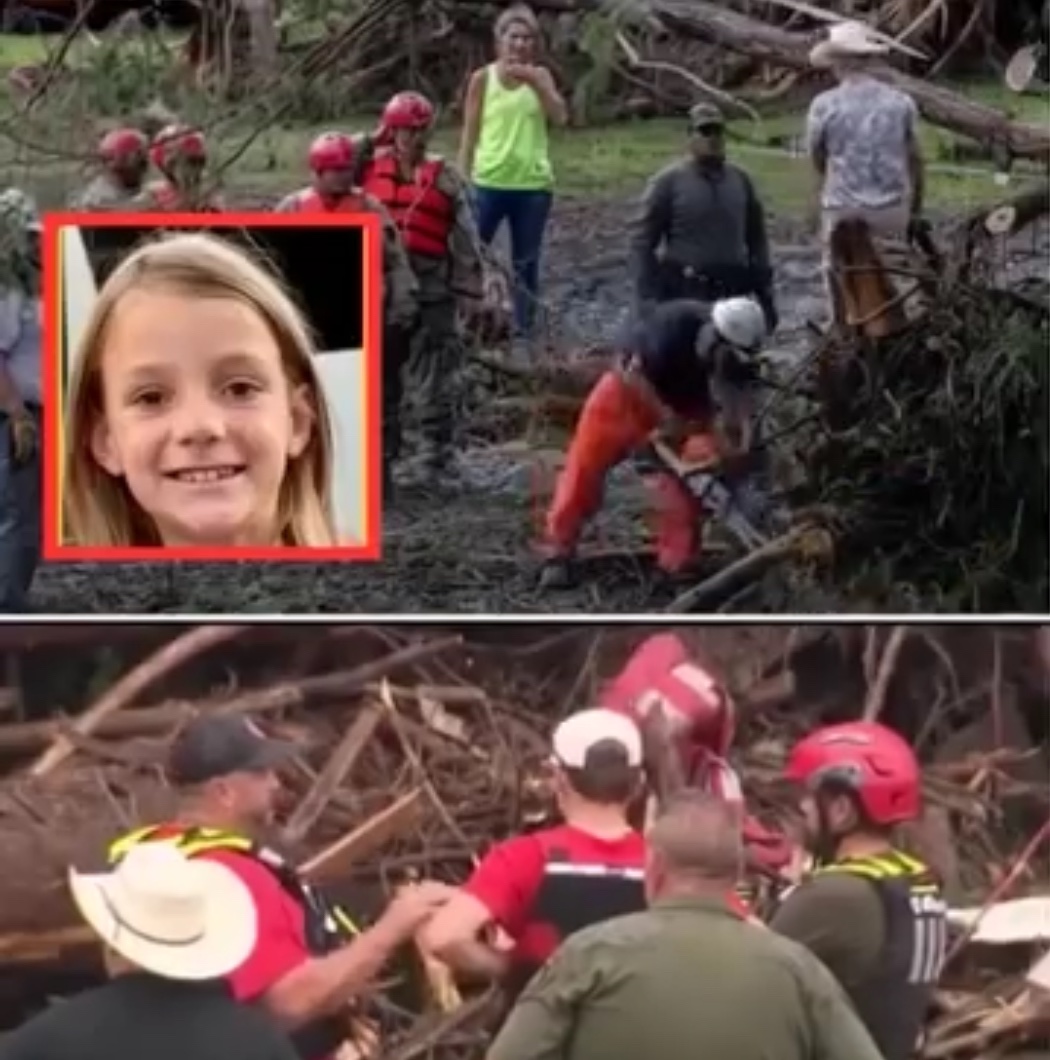The Devastating Floods of Central Texas: The Camp Mystic Tragedy
The recent catastrophic floods in central Texas left a trail of devastation, claiming the lives of 27 individuals and leaving a community grappling with grief and unanswered questions. The epicenter of this tragedy was Camp Mystic, a beloved summer camp nestled along the Guadalupe River, where a seemingly idyllic summer turned into a desperate fight for survival.
A Summer Camp’s Nightmare
From Fun to Fear
Camp Mystic, a long-standing tradition for children across Texas, was transformed into a scene of unimaginable horror when torrential rains caused the Guadalupe River to swell beyond its banks. What began as a summer filled with campfires, canoeing, and outdoor adventures quickly devolved into a life-or-death struggle as floodwaters engulfed cabins and swept campers and staff away.
The Search and Rescue Operation
In the immediate aftermath, 27 individuals were reported missing. A massive search and rescue operation, involving local, state, and federal agencies, along with countless volunteers, was immediately launched. Day and night, helicopters scanned the ravaged landscape, boats navigated the debris-choked river, and ground crews tirelessly searched the surrounding areas. While most of the missing were thankfully located, the desperate search for one young girl continued.
The Discovery and its Aftermath
Finding the Last Victim
On July 28th, the agonizing wait ended. The body of the last missing camper was tragically discovered nearly five miles downstream from Camp Mystic, caught beneath a mass of flood debris. A small object was found clutched in her hand, and a strand of beads, not matching any camp-issued accessories, was discovered in her hair. A fabric scrap was also recovered from the scene, all now undergoing forensic analysis.
Unanswered Questions and Growing Concerns
While the discovery brought a formal end to the search, it simultaneously ignited a wave of new anxieties within the community. The unexplained items found with the victim fueled speculation and deepened the sense of unease among the families of those lost. Several parents expressed concerns that the true toll of the disaster may still be unknown.
The Emotional Toll
The Burden on First Responders
The rescuers themselves were profoundly affected. One rescuer, overwhelmed by the emotional intensity of the experience, chose not to speak publicly about the operation. Officials acknowledged the immense emotional burden shouldered by these brave individuals, emphasizing the need for support and providing access to mental health resources for all first responders.

The Community’s Response
In the wake of this tragedy, the communities of central Texas have shown remarkable resilience and unity. Vigils, memorial services, and fundraising efforts have sprung up to honor the victims and support those left behind. A public ceremony in Austin drew hundreds, underscoring the widespread grief and collective commitment to healing.
Beyond Camp Mystic: The Wider Impact of the Floods
The devastating floods impacted far more than just Camp Mystic. Communities across central Texas were ravaged by record river levels, widespread property damage, and thousands of displaced residents. The National Weather Service described the rainfall as a “once-in-a-century event,” highlighting the scale and intensity of the disaster. Aging infrastructure and insufficient flood defenses exacerbated the situation.
The Path Forward: Accountability and Prevention
Investigating the Tragedy
The investigation into the Camp Mystic tragedy is ongoing. Authorities are carefully analyzing the forensic evidence to determine if there were any other contributing factors to the disaster, beyond the overwhelming force of nature. Meanwhile, safety inspectors are reviewing the camp’s emergency preparedness procedures, questioning the adequacy of its evacuation plans and the timeliness of warnings issued to staff.
Calls for Reform
The tragedy has prompted widespread calls for improvements in flood preparedness and stricter regulations governing the safety protocols of youth camps, particularly those located near bodies of water. Experts, including hydrologist Dr. Elena Ruiz, emphasize the growing need for adaptation to more intense weather events driven by climate change. Proposed solutions include improving infrastructure, upgrading warning systems, and strengthening emergency plans across the state.
A Long Road to Healing
The path to healing for the affected families will be long and arduous. Grief counselors are working with families and camp staff, providing crucial support during this incredibly difficult time. Schools are also offering mental health resources to students who have been impacted by the loss.
Conclusion: Lessons Learned and a Call to Action
The Camp Mystic tragedy serves as a stark reminder of the vulnerability of communities in the face of natural disasters. It also highlights the unwavering courage of first responders and the remarkable strength of communities uniting in the face of unimaginable loss. The investigation continues, but the lessons learned from this tragedy must inform the future, driving improved preparedness, stronger regulations, and a unwavering commitment to supporting both survivors and those who bravely responded to the crisis.



